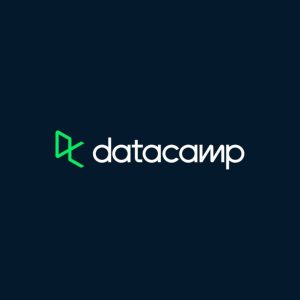Parallel Programming with Dask in Python
Learn how to use Python parallel programming with Dask to upscale your workflows and efficiently handle big data.
Use Parallel Processing to Speed Up Your Python Code
With this 4-hour course, you’ll discover how parallel processing with Dask in Python can make your workflows faster.
When working with big data, you’ll face two common obstacles: using too much memory and long runtimes. The Dask library can lower your memory use by loading chunks of data only when needed. It can lower runtimes by using all your available computing cores in parallel. Best of all, it requires very few changes to your existing Python code.
Analyze Big Structured Data Using Dask DataFrames
In this course, you use Dask to analyze Spotify song data, process images of sign language gestures, calculate trends in weather data, analyze audio recordings, and train machine learning models on big data.
You’ll start by learning the basics of Dask, exploring how parallel processing in Python can speed up almost any code. Next, you’ll explore Dask DataFrames and arrays and how to use them to analyze big structured data.
Train machine learning models using Dask-ML
As you progress through the 51 exercises in this course, you’ll learn how to process any type of data, using Dask bags to work with unstructured and structured data. Finally, you’ll learn how to use Dask in Python to train machine learning models and improve your computing speeds.






There are no reviews yet.